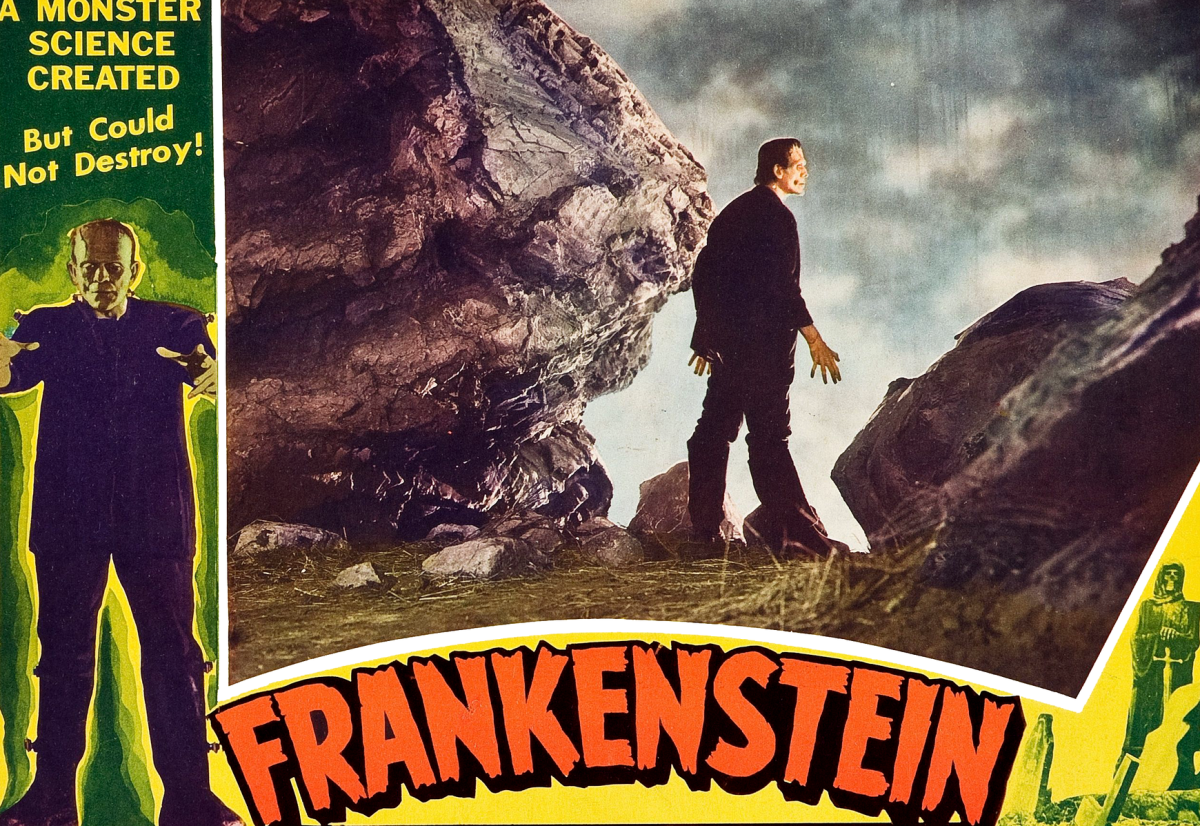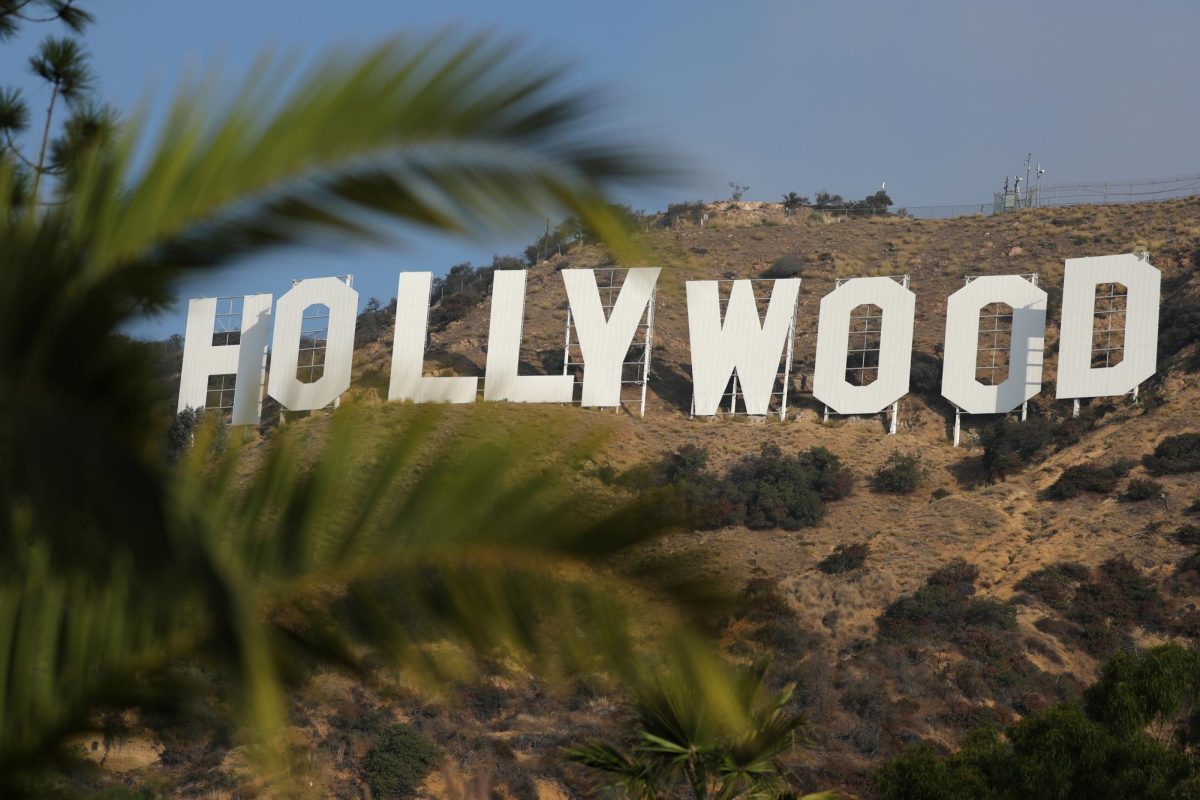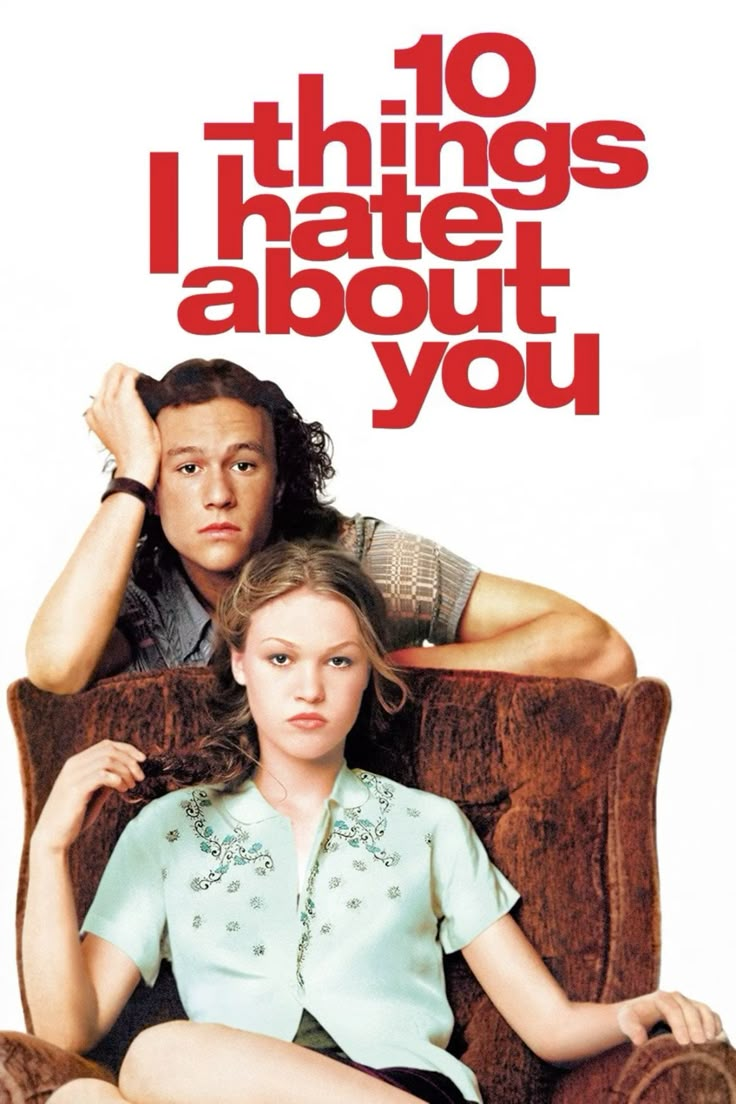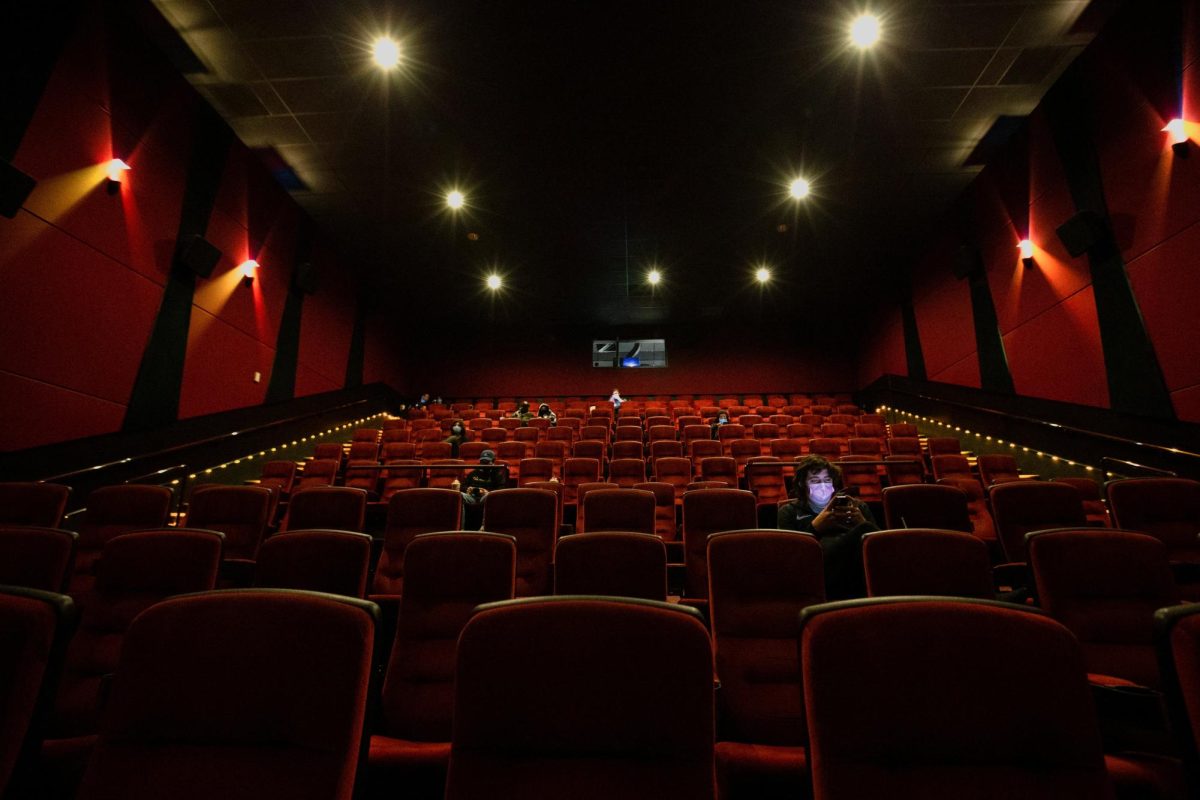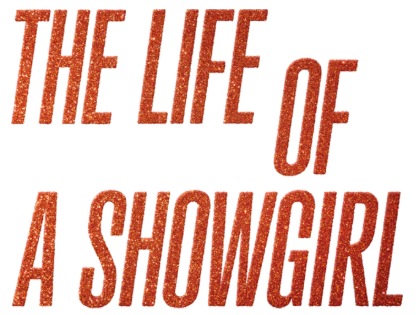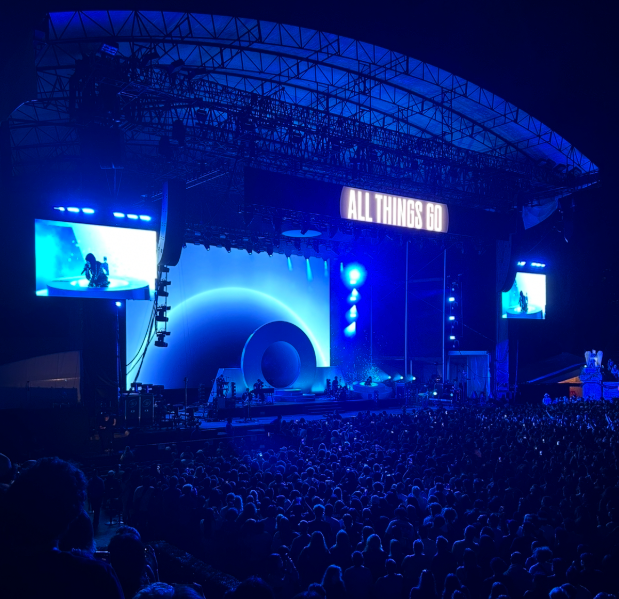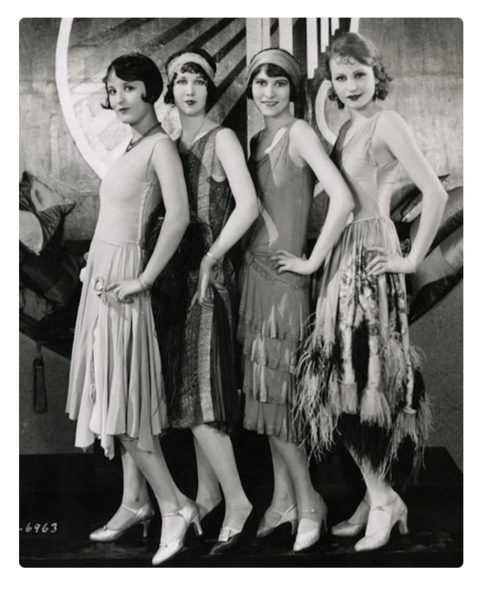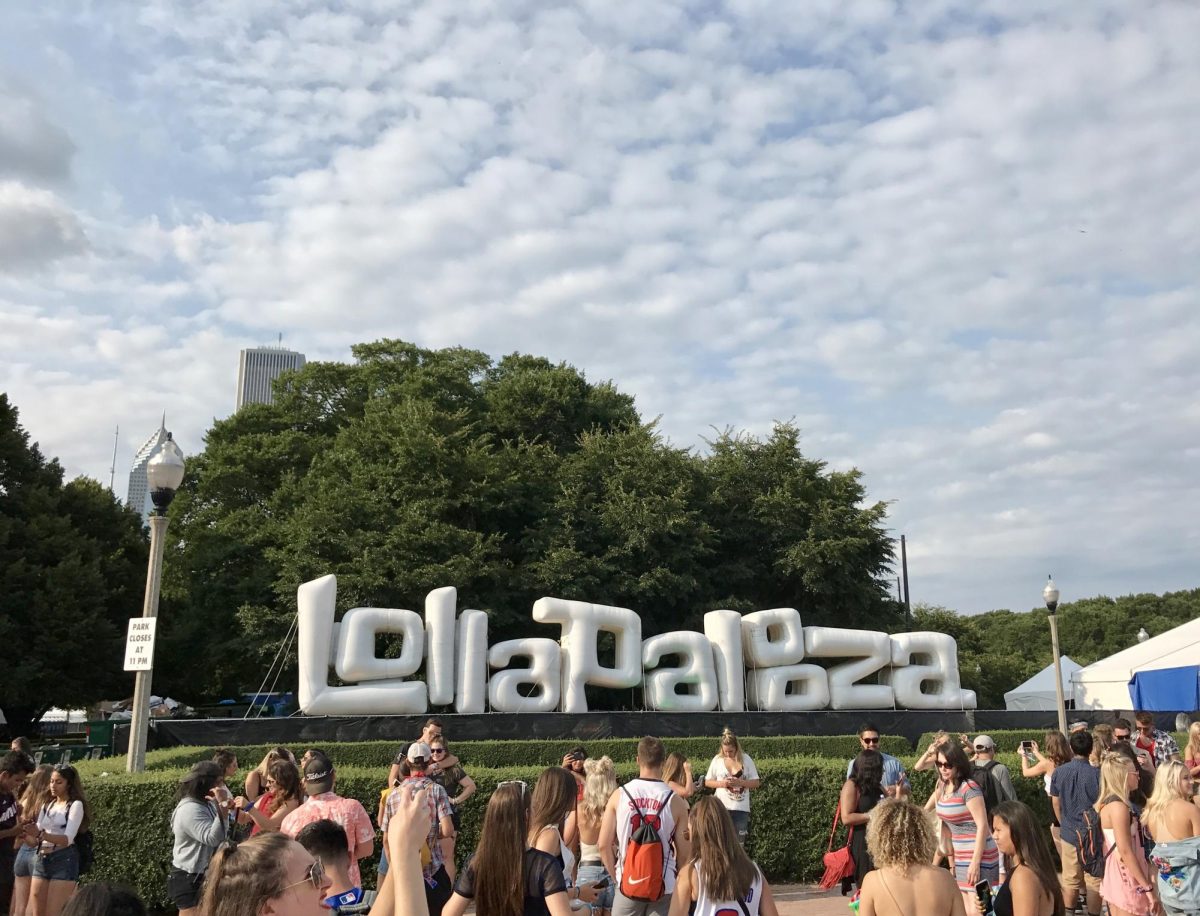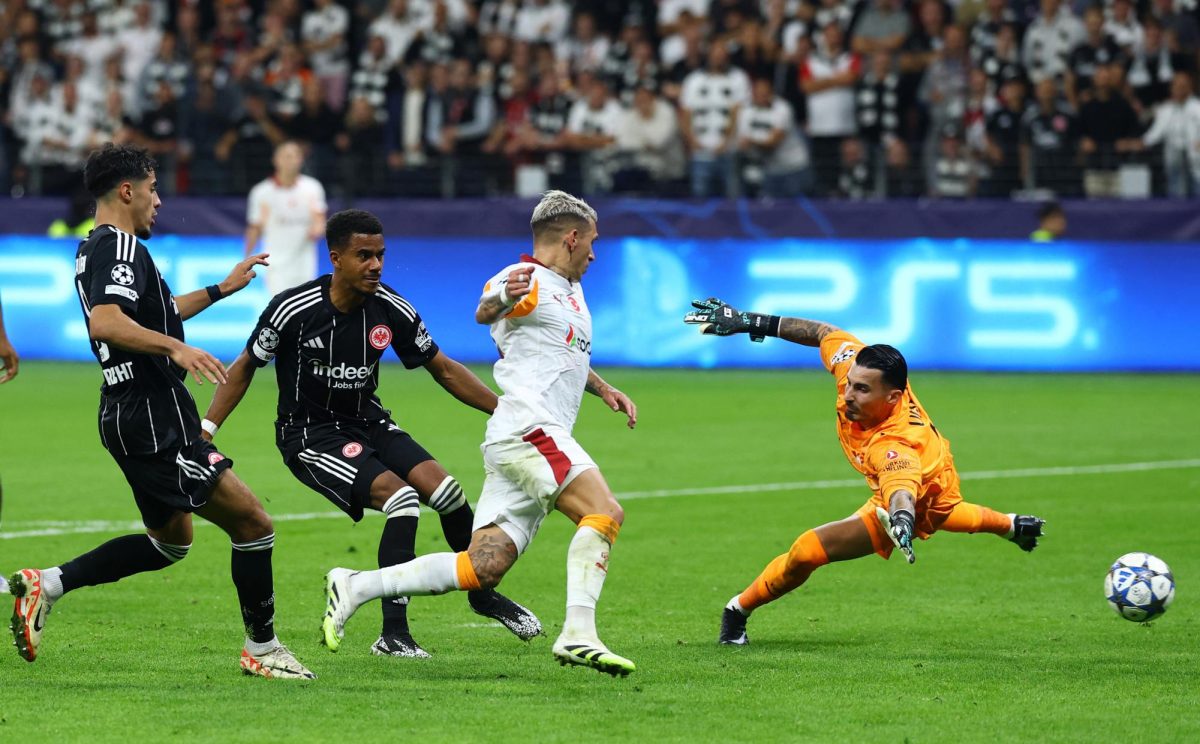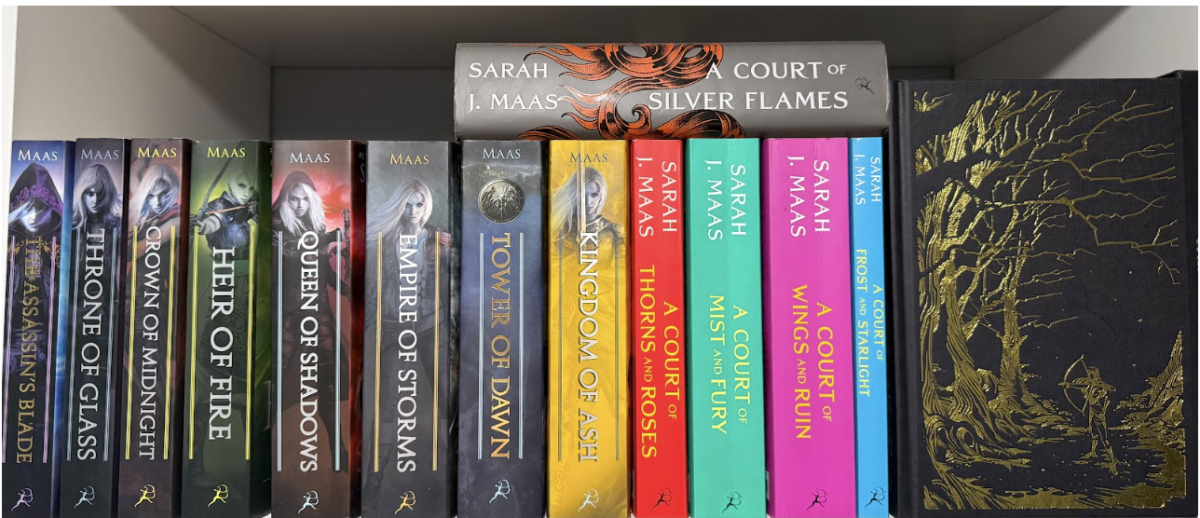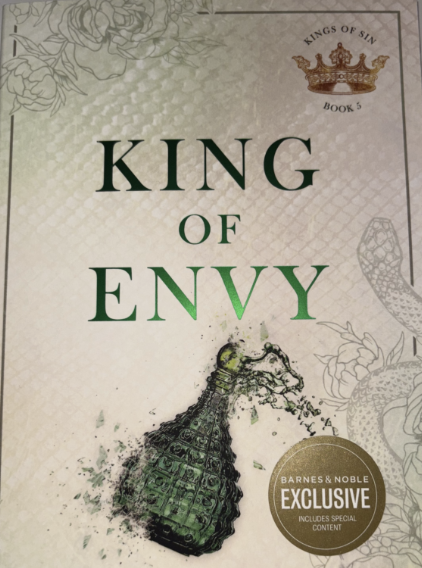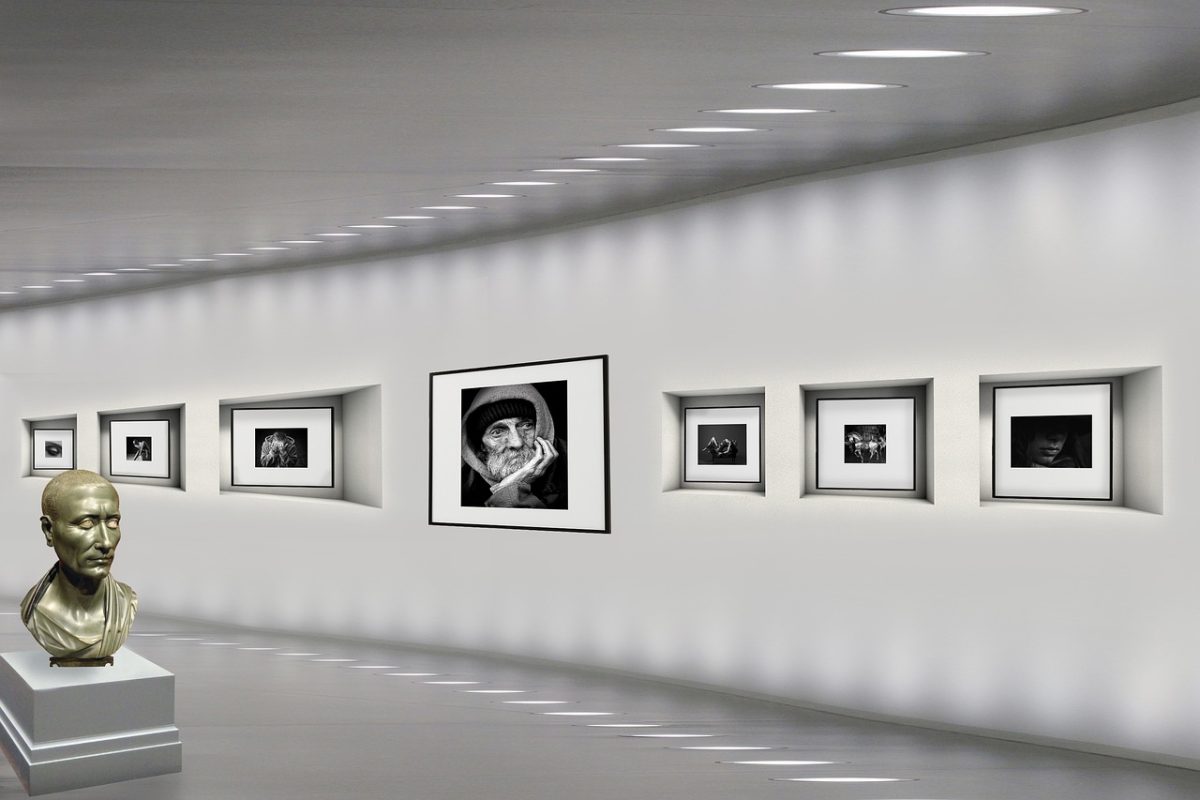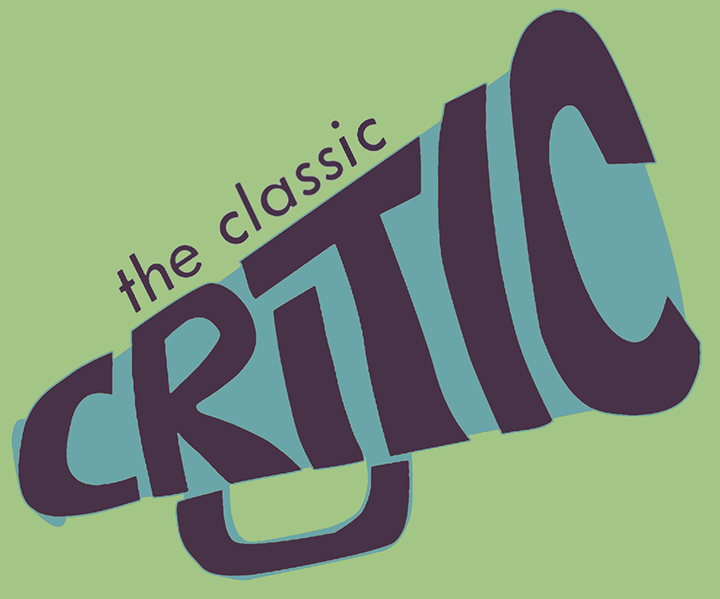On October 17, 2025, the world-renowned story Frankenstein was released in select theaters and directed by Guillermo del Toro (Pan’s Labyrinth and The Shape of Water). Although there have been many film adaptations of this movie, del Toro’s take is unique in adding a new character, Henrich Harlander (Christoph Waltz), and shifting the plot of the story. The story’s famed themes of isolation and its effects on human consciousness, ambition, and revenge still echo throughout the movie and influence the actions of each character. Although this movie expertly conveys these themes and creates a haunting atmosphere, the length of the movie should have been reconsidered, as, at times, it seemed to be stretched out too much.
As most of us know, Victor Frankenstein is a young student who becomes increasingly fascinated with alchemy, a branch of philosophy that mixes chemical and mystical properties to create remedies. In deep-diving into this branch, Frankenstein plans to do something never done before: create a human life scientifically. Over the course of a couple of years, Frankenstein works endlessly to create a man from his own hands, driving himself mad in doing so. Eventually, upon the creation of this man, he is so disgusted by his unnatural creation that he completely abandons (what he calls) the monster. Over the course of the story, Frankenstein is haunted by his actions, especially when the monster comes back to him for revenge. While del Toro is mostly faithful to this portion of the book, the subplots of Frankenstein’s romance and motivations are slightly altered for dramatic and cinematic effect. Despite this, the themes of creator versus creation can still be interpreted as a metaphor for religion and the consequences of what happens when a creator neglects his obligation to his creation. Similarly, the movie still covers humanity and the importance of taking responsibility for your actions from the beginning, and not just when your problem starts directly affecting you.
Del Toro is known for his gothic and emotionally compelling films, and this movie is no different. The cinematography conveys an ominous tone and often leaves the audience in suspense by making it horror-adjacent. While the story is dissimilar from the book, it still conveys that unsettling theme that drives us further into the scenes and allows us to deeply connect with the characters. Without del Toro’s signature style, the movie would have been mundane and less bearable, as the plot was not enough to drive us to keep watching the movie. Especially in the moments when we witnessed Frankenstein creating his “monster,” it was so unsettling to the point where we could see Frankenstein’s ambition turn into horror and disgust with himself. The story’s mood is meant to be scary, not in the sense of horror, but in the sense of realism and where our morality lies, something much more understandable and easier to connect to (which is what makes it scary to face). This unnerving yet very realistic and self-applicable theme is reinforced by the dark colors, the loud, thunderous sounds, and the dramatic phrases uttered by characters under a type of stress we, as the audience, can understand. Even though we do not experience daily horror like we see in movies like It or The Conjuring, our daily mental torments and struggles to grapple with our responsibilities are a strong/scary enough feeling to sympathize with both Frankenstein and the monster. With this, our position on who to support is left ambiguous, something I am very glad del Toro left room for in his film.
Although I adored this adaptation of Frankenstein, I do believe the run time could have been a little shorter. As someone who does not typically struggle to sit through a two-and-a-half-hour movie, there were times in this movie where it was definitely harder to maintain focus, as some scenes were dragged out. For example, Frankenstein’s narration of his story to the Danish sailors who find him takes up the majority of the movie and only gives the monster a small share in this narration. Although Frankenstein’s isolation in his story is compelling, it is nothing compared to the isolation the monster feels as society is repulsed by his very being by deeming him “unnatural.” It would have been interesting to linger in the mind of the so-called “monster” a little longer instead of hearing Frankenstein’s portion, as his side of the story is historically known, and, therefore, it is almost unnecessary to go into too much detail about it. We did not get enough time to sympathize with the monster, and are left calling him as such because we do not know enough about him to know if he has a name. This echoes the theme of a lack of self-identity or placement in society, which I wish were stressed more during the runtime.
Like any movie, there are things that I wish were different about this version of Frankenstein, the film, nevertheless, creates the same tone and mood and conveys the same themes as Mary Shelley intended in her original 1818 novel. The gothic, unsettling, and almost relatable aspects of the movie are what created a cinematic environment and pulled us into the world of the characters. The way del Toro directed and built the atmosphere and characters embodies what I think, see, and feel when remembering the novel or the story in general. And the unfaithfulness to the original story enhances the cinematic world, as it allows for a deeper and stronger understanding and connection to the troubled characters. The satisfying ending and characterization make this movie worth watching and are definitely worth viewing, especially during the Halloween season.


